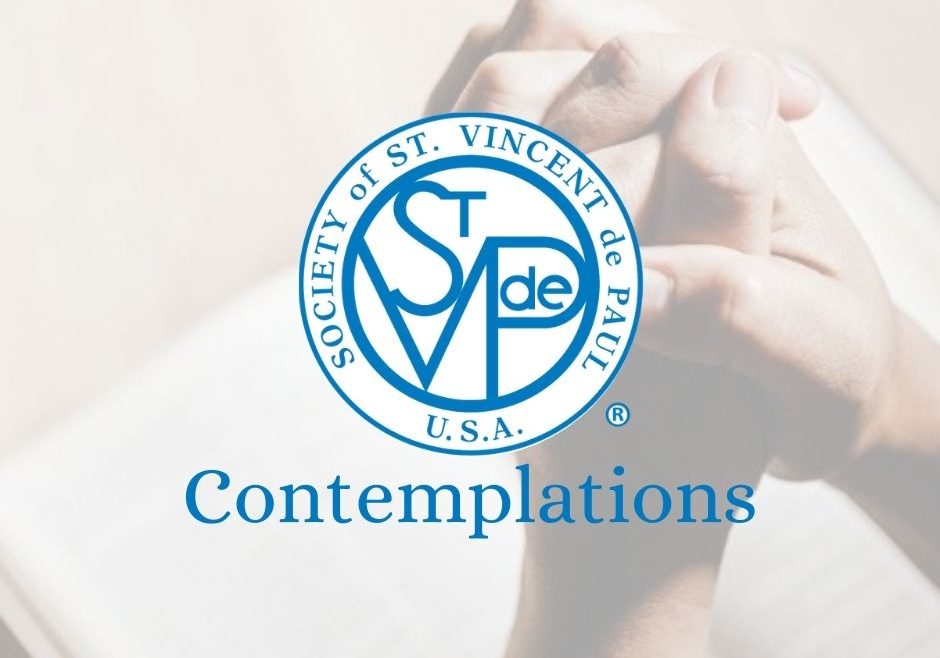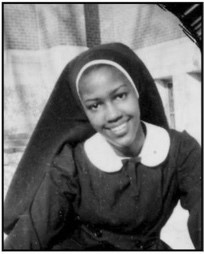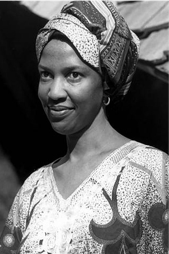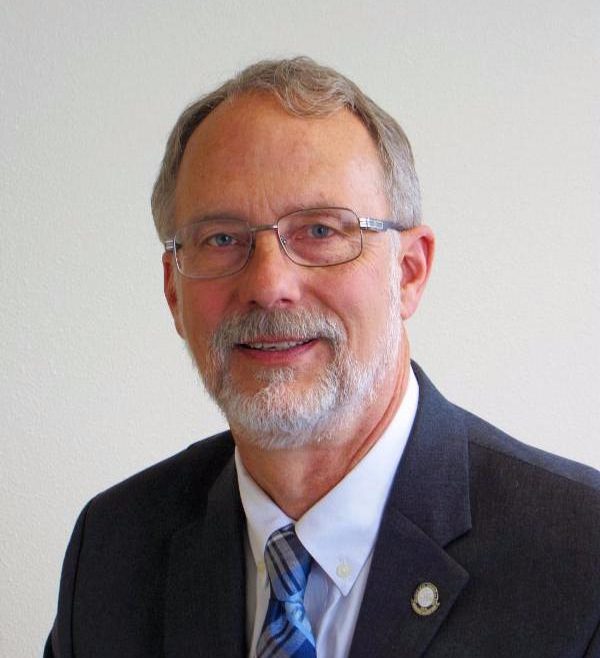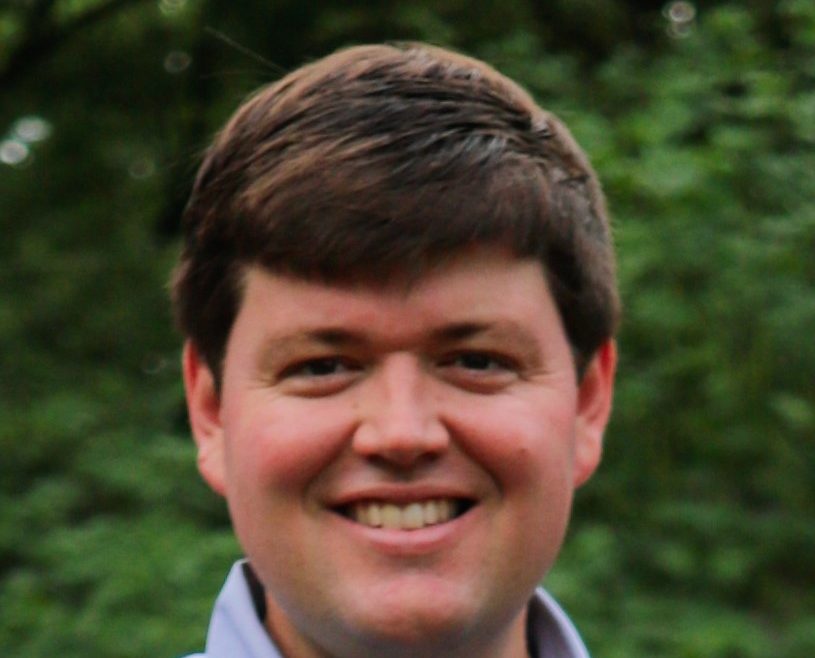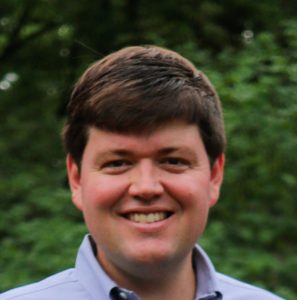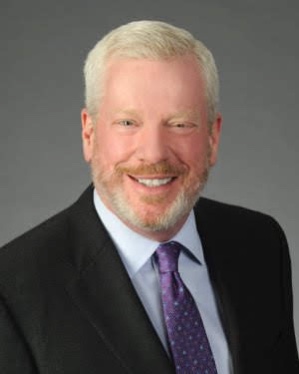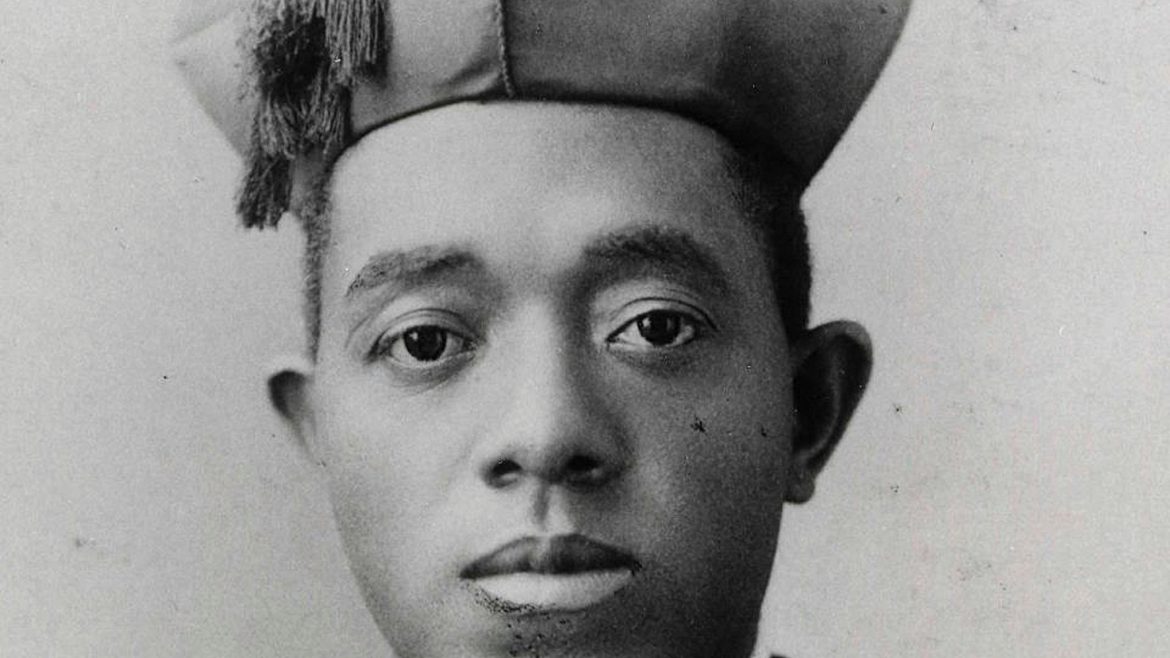Throughout Black History Month, the Society of St. Vincent de Paul’s African American Task Force wants to stress the importance of Vincentians coming together and sharing our faith.
In the first of a two-part series, National Director of Formation Tim Williams shares with us the background of the Spiritual Twinning Retreats between two Vincentian Conferences: Holy Name Conference in Minneapolis and Immaculate Conception-St Cecilia in Baltimore.
Building One Society Through Spiritual Twinning
In an 1833 letter to his friend Ernest Falconnet, Blessed Frédéric described a group of young men walking through the streets of Paris late at night, carrying on a conversation. A policeman might cast an uneasy eye at them, he said; passersby would not understand their language. “But I would understand them,” he said, “For I would be with them.”
Last May, when the death of George Floyd in Minneapolis touched off nationwide demonstrations, many Americans, and many Vincentians, were suddenly struck by a feeling that we do not all speak the same language.
Holy Name Church in Minneapolis sits just blocks from the scene of George Floyd’s death. The members of the predominantly white Conference that serves this neighborhood were heartbroken, overwhelmed, and unsure how to even respond. Spiritual Advisor Patti Klucas felt that she was “floundering,” and “lost in a way to express that spiritual strength that comes from community.”
In Baltimore, which had experienced similar demonstrations following the death of Freddie Gray five years earlier, members of the predominantly African-American Conference at Immaculate Conception and St. Cecilia Churches, saw what seemed like history repeating itself, and found themselves hoping that this time, we might learn more from each other; that this time, it could be different.
At the invitation of Pamela Matambanadzo, who chaired the Society’s African American Task Force at the time, these two Conferences agreed to gather for a series of retreats that was titled “Spiritual Twinning” in the hope that they might all gain greater understanding, while growing in friendship, and deepening their spirituality.
Spiritual Twinning Retreats
Joan Scott, President of the Baltimore Conference, recounts that they were thrilled at this “wonderful opportunity to speak with some of the people in Minneapolis who would have firsthand knowledge about the events surrounding George Floyd.”
The series of retreats, conducted via Zoom, began by letting members get to know each other, listening to brief readings from our Vincentian Saints and Blesseds, and sharing some of their personal experiences – not just Vincentian experiences, but life experiences, including their experiences surrounding the death of George Floyd and finding ways to move forward.
As Marie Wicks from Baltimore said, “We heard the knowledge, compassion, and grace that sprang from those events and believe they influence our service as Vincentians greatly. In those discussions, we found so many similarities, which we will treasure.”
Drawing from the Gospels, letters of St. Vincent de Paul and Blessed Frédéric, the Rule, Catholic Social Teachings, Fratelli Tutti, and more, members contemplated and discussed:
- Are there times you struggle to understand the neighbor’s “language?” Or struggle to be understood?
- In thinking about your own Vincentian service, where is the Lord missing? Where is He most needed? Where do you look for Him, but do not see Him there?
- Echoing Christ’s questions from Matthew 16: Who do you say that your neighbors in need are? And who do your neighbors say that you are?
- Considering the Parable of the Weeds from Matthew 13: Have you tried to pull weeds (doubt, disappointment, and despair) from the wheat right away, or have you chosen to wait and deal with them later?
- Thinking of Bishop Hying’s letter: How can I make losses in my life a sign of hope? How can I share my hope?
- How can we listen and understand, as the Rule says, “with [our] hearts, beyond both words and appearances?”
“It made me feel connected to other Vincentians in a way that I hadn’t experienced. It was personal and caring,” said Patti Klucas. Judy Aubert felt that by answering questions on how they “felt about different topics, we were able to get an idea of how we are alike and how we can learn from each other.”
Vera Moukam reflected that “the very first one on race dynamics with respect to the George Floyd sad incident was deep, emotional but yet graceful. I learned about my own biases, struggles based on my experiences with race and prejudice. Most of all I had the opportunity to learn from others.”
Members of both Conferences expressed that they looked forward to these opportunities to share openly, as friends. As Jim Sharpsteen from Holy Name put it, they gained “new insights into how the Vincentian experience deepens our spiritual lives through our conferences’ missions, and helps us to grow closer to CHRIST and to each other in the Holy Spirit.”
The two Conferences plan to continue to meet regularly, as members of One Society, growing in holiness together, and speaking the same language, each understanding the other, because they are with them.
Please see Part 2 for testimonials from some of those who participated in this spiritual twinning endeavor.


